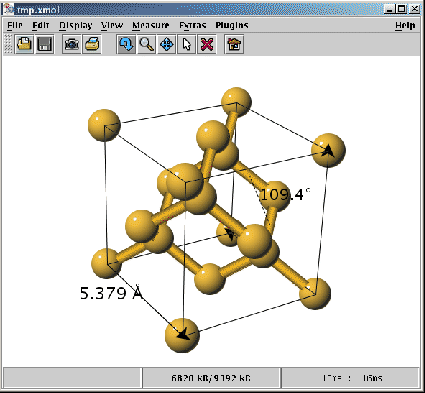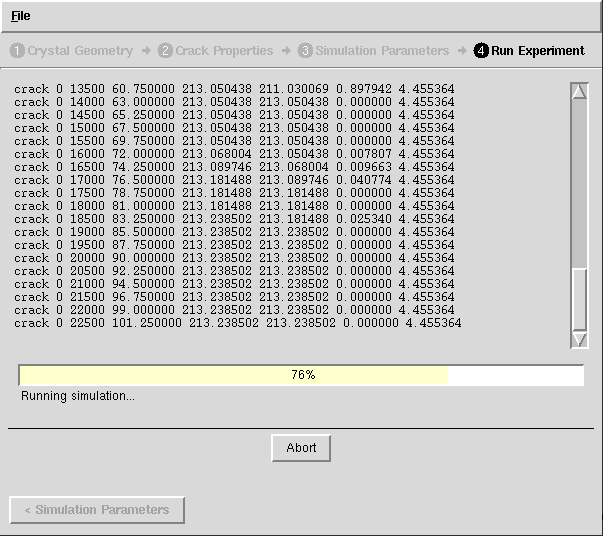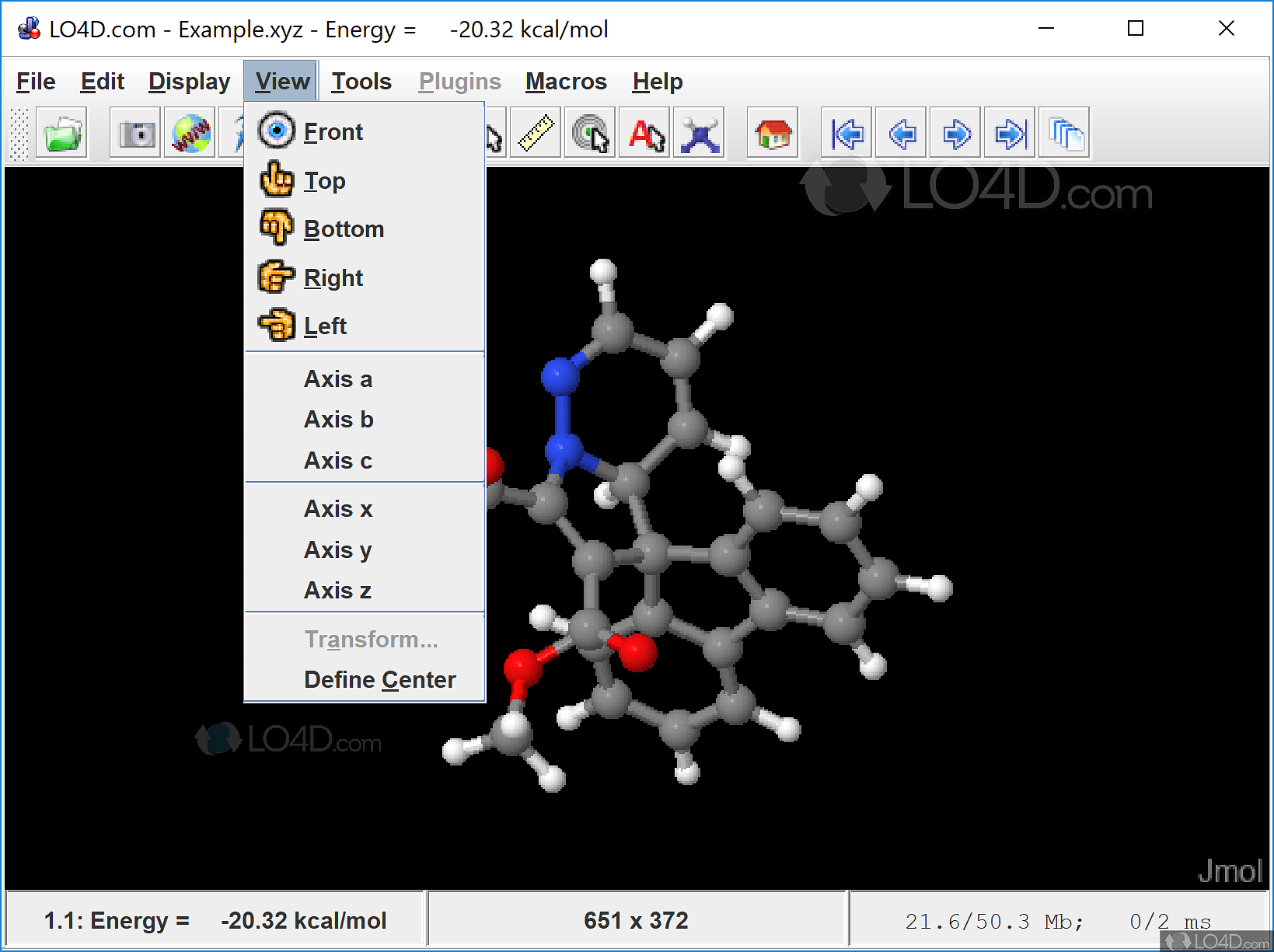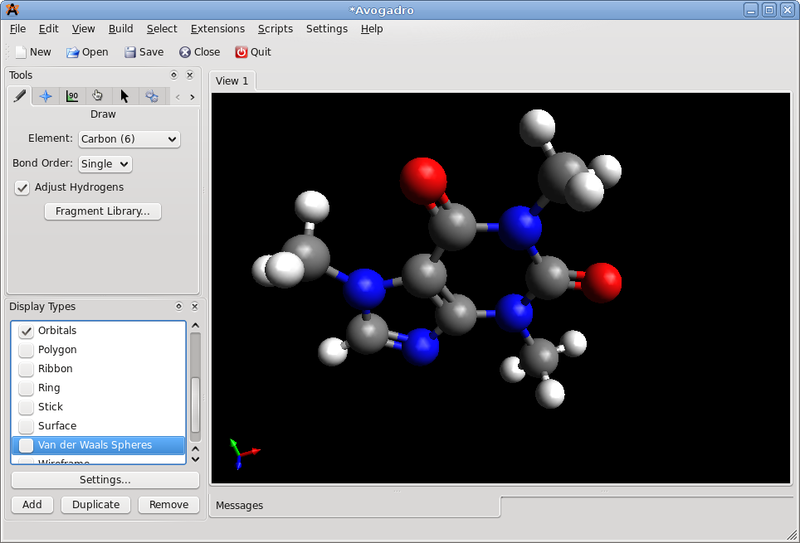

The only way to do this is to provide the code and data. We do this because some of the code may be useful to other researchers, and it is important allow skeptical inquiry into the methods we used to obtain results.
#Jmol simulation for free#
The software we develop to carry out our research is available for free under a permissive Open Source license. "Why is Ice Slippery? Simulations of Shear Viscosity of the Quasi-Liquid Layer on Ice" 2018 Journal of Physical Chemistry Letters, 9 (13), pp.3686-3691. "Polarizable Potentials for Metals: The Density Readjusting Embedded Atom Method (DR-EAM)" 2019 Physical Review B, 99 (9), 094106.

"Thermal Conductivity of Gold-Phenylethanethiol (Au144PET60) Nanoarrays: A Molecular Dynamics Study" 2020 Journal of Physical Chemistry C, 124 (5), pp.3389-3395. "The Role of Polarizability in the Interfacial Thermal Conductance at the Gold-Water Interface" 2020 Journal of Chemical Physics, 153 (20), 204703. "Separation of Enantiomers through Local Vorticity: A Screw Model Mechanism" 2021 Journal of Physical Chemistry B, 125 (42), pp.11709-11716. "Thermal Transport in Citrate-Capped Gold Nanostructures using a Polarizable Force Field" 2022, Journal of Physical Chemistry C 126 (30), pp 12742-12754. We are particularly interested in O(N) methods for computing electrostatic interactions as well as non-equilibrium simulation methods. A large component of the research in the group is the development of efficient algorithms to perform molecular dynamics simulations and to obtain useful information from them. A second, but equally important goal is to develop and test novel theoretical methods that will advance computer simulation as a tool for research in the chemical sciences.īecause the systems studied are often complex many-body systems, it is necessary to utilize the analytical methods of statistical mechanics as well as state-of-the-art methods of computer simulation. The major goal is to arrive at simple models that can explain the unexpected and emergent behavior of these systems. The group simulates metallic nanoparticles in liquid environments, lipid bilayers, the phase transitions of water, and glass-forming metals.

The mechanism of heat and mass transport at complex interfaces is of particular interest. Research in the Gezelter group involves theoretical and computational studies of the dynamics of complex, condensed-matter systems.

Joyce Award for Excellence in Undergraduate Teaching 2002 National Science Foundation CAREER Award 1999 Camille and Henry Dreyfus New Faculty Award 1990-1993 National Science Foundation Graduate Research Fellowship 1989-1990 Churchill Scholar Research Interests in Chemistry & Philosophy, Duke University Selected Awards 2020 Shilts/Leonard Award for Outstanding Teaching in the College of Science 2013, 2020 Rev. in Chemistry University of California, Berkeley 1990 CPS in Chemistry, University of Cambridge, Cambridge, UK 1989 B.S. Biography 2020-present Associate Dean for Undergraduate Studies 2015-present Professor, University of Notre Dame 2005-2015 Associate Professor, University of Notre Dame 1999-2005 Assistant Professor, University of Notre Dame 1996-1999 Postdoctoral Research Scientist, Department of Chemistry, Columbia University 1995 Ph.D.


 0 kommentar(er)
0 kommentar(er)
